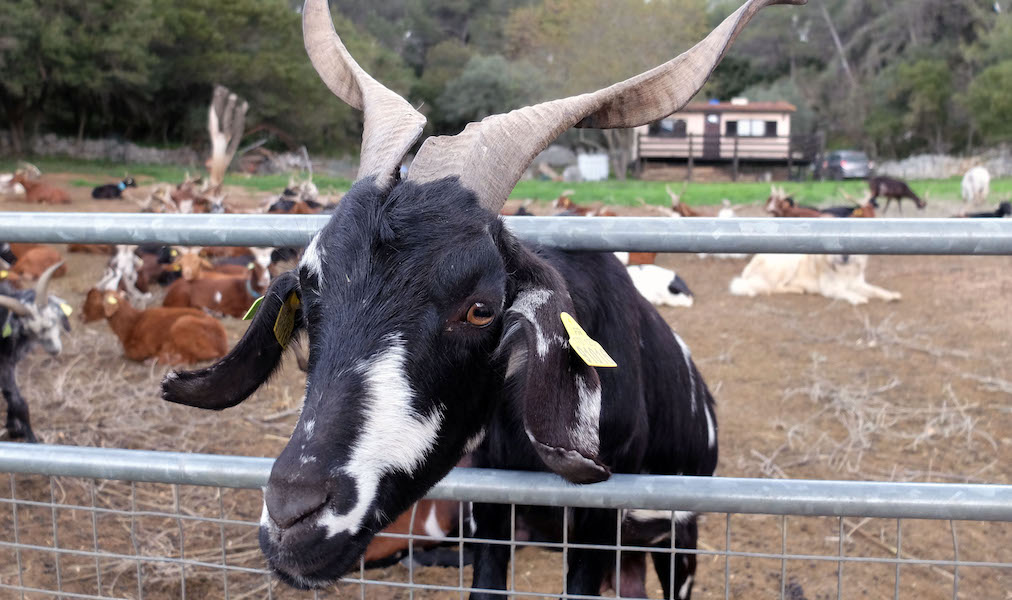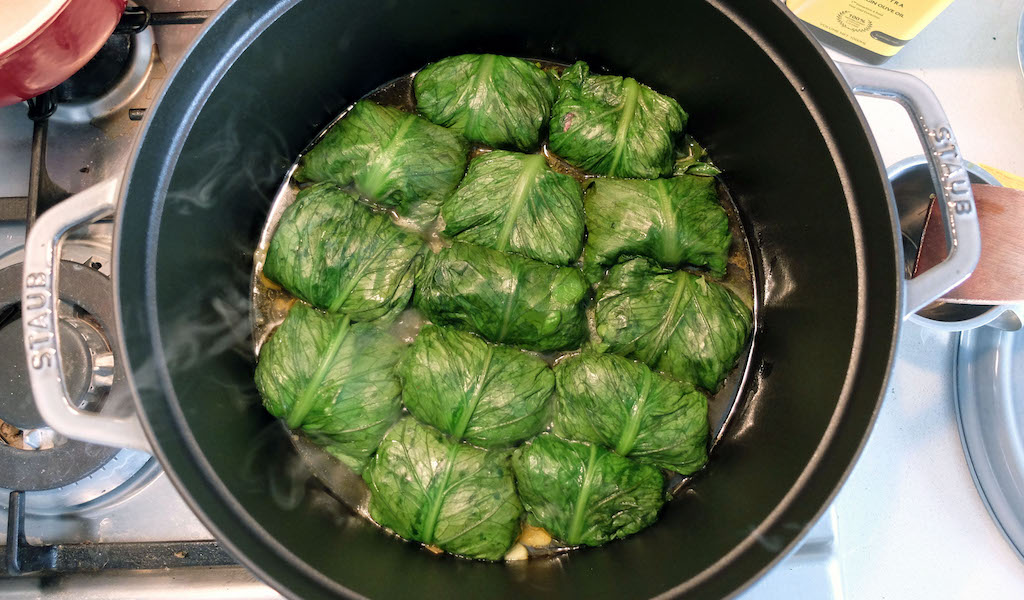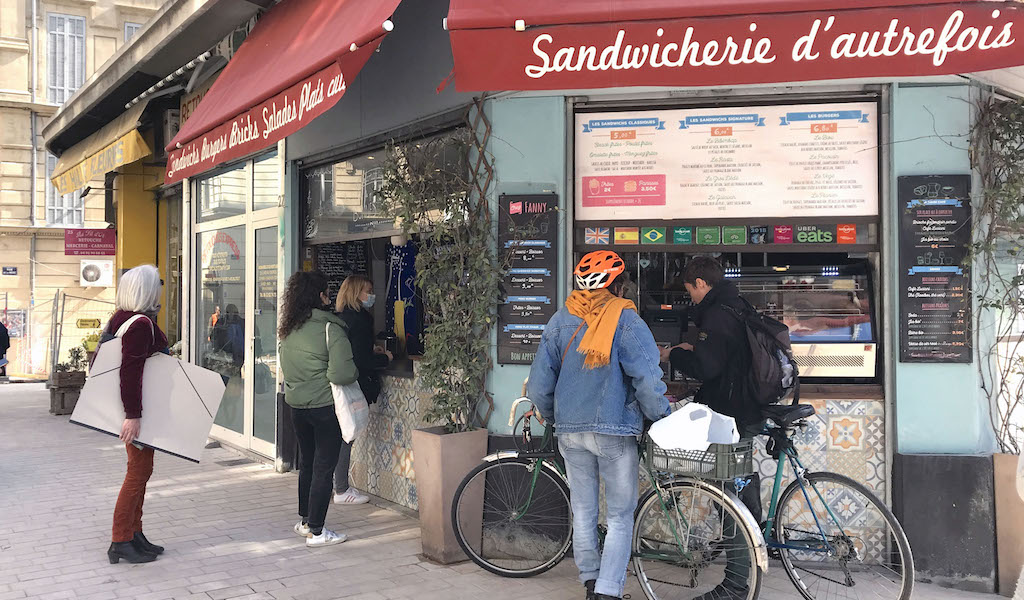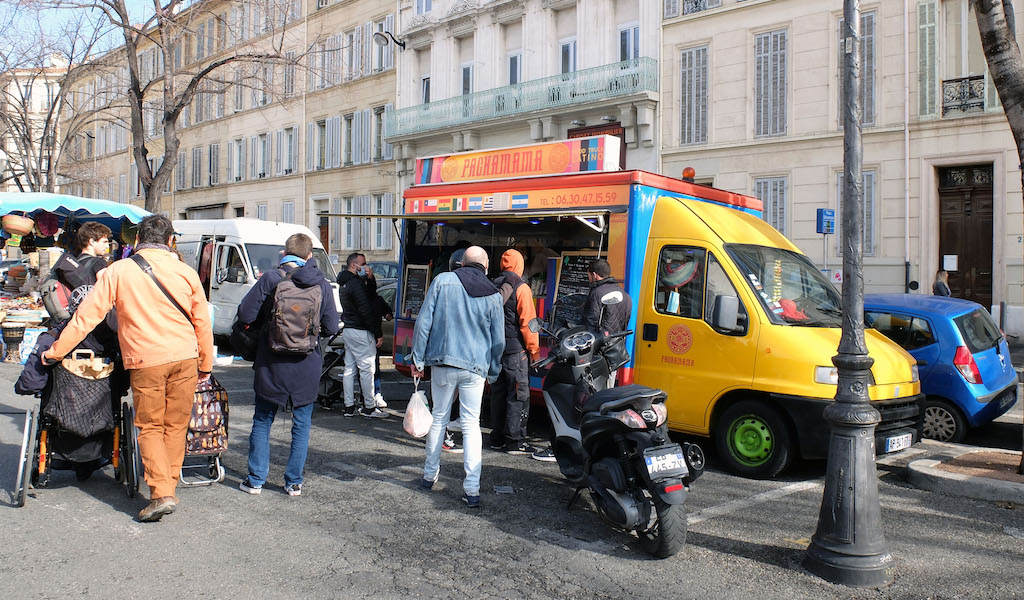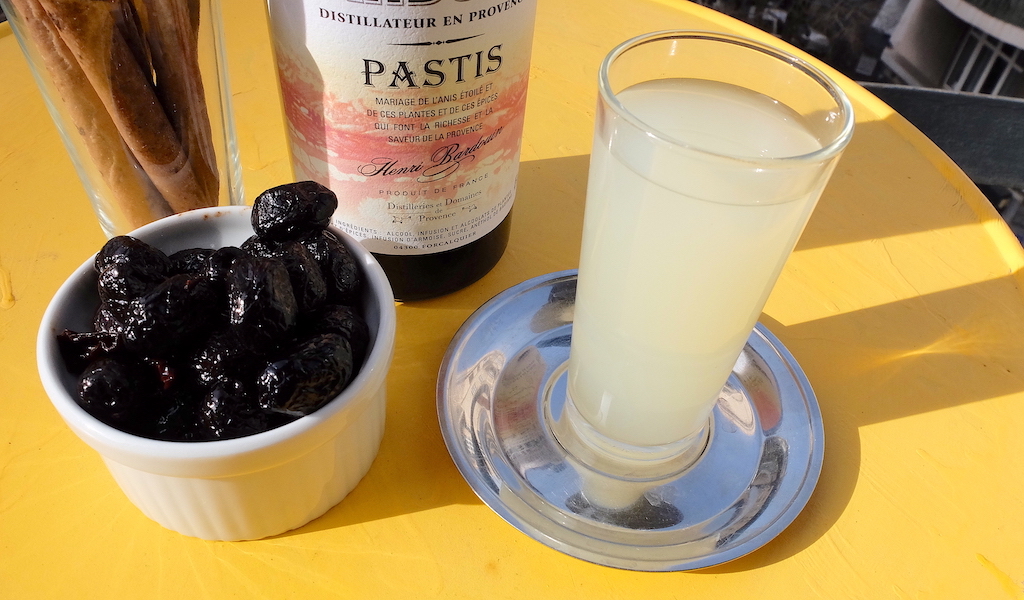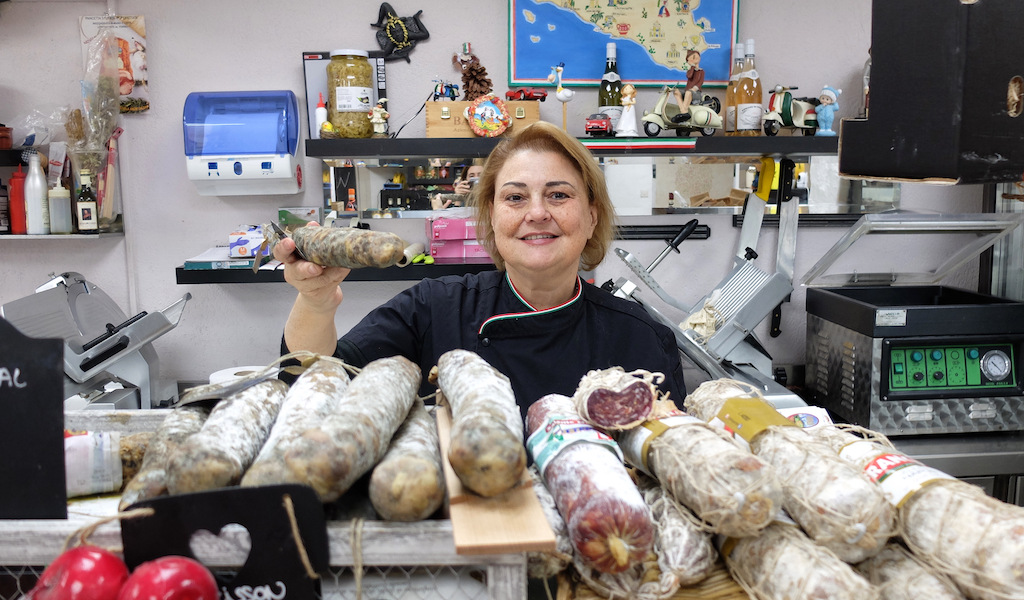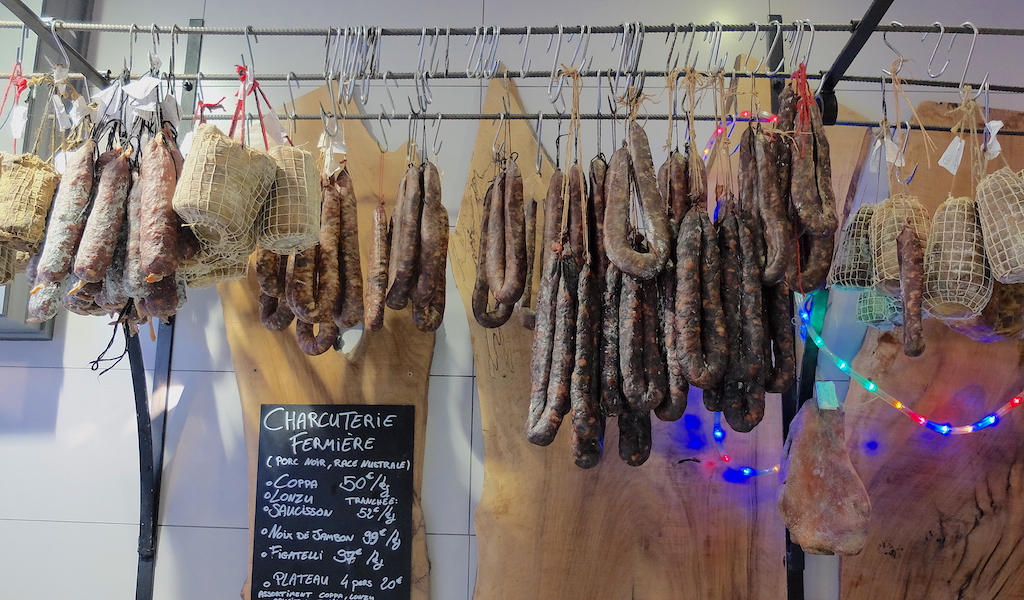We can't find the internet
Attempting to reconnect
Something went wrong!
Hang in there while we get back on track
Search results for "Alexis Steinman"
Marseille
Spring (Food) Break 2021: Brousse du Rove, Free-Range Goat Cheese in Marseille
Editor’s note: Here at Culinary Backstreets, we eagerly await the coming of spring each year, not just for the nicer weather but also because some of our favorite foods and dishes are at their best – or indeed, are only available – for a short period during this season. This post from Marseille is the first installment of “Spring (Food) Break 2021,” a weeklong celebration of our favorite springtime eats. In France, cheese is served as a main course in the winter. We melt raclette over potatoes and dunk hunks of baguette into oozy baked Mont D’Or, the warm, alpine cheeses keeping us toasty on cold nights. But once the temperature starts to rise, and we shed our winter layers, our hunger for these hearty cheeses wanes. We crave something tangier. Something brighter and lighter. We want brousse du Rove.
Read moreMarseille
Recipe: Yabrak, Stuffed Romaine Leaves For a Tunisian Passover in Marseille
On March 27 of this year, Monique and Josef, the Moroccan-born couple that own Patisserie Avyel, plan to roast a turmeric-coated lamb shoulder above a bed of onions. My friend Judith, whose family hails from Algeria’s Tlemcen region, will blend almonds and raisins into mlosia, a thick jam. And, in my apartment, I will simmer matzo balls in chicken broth as my Lithuanian ancestors once did. All of us Marseillais will be cooking these foods for Passover, the Jewish holiday that commemorates the exodus of the Israelites from Egyptian slavery. While Jewish celebrations and cooking are as intertwined as the braided challah bread we eat on Shabbat – “all of our fêtes pass through the kitchen,” quips Frédérique, a Marseillaise with Tunisian roots.
Read moreMarseille
Chez Fanny: Standby Sandwiches
With Marseille restaurants shuttered in the Covid era, many have transitioned to offering more takeout-friendly fare: namely, sandwiches. The hip bistro Cedrat’s 15-euro “hot fish” features a house-made fish sausage, poutargue (dried red mullet eggs) and seaweed. Michelin-starred fine-dining chef Alexandre Mazzia cures his own pastrami for a decadent, €21 croque-monsieur. Yet while high-end hoagies make fine once-in-a-while treats, we remain loyal to the old-school sandwich stand Chez Fanny. Located a few blocks up the hill from the Vieux-Port, this corner stand serves up fantastic sandwiches at phenomenal prices. The menu includes classics (think merguez-frites) and signature sammies that make the most of the region’s bounty.
Read moreMarseille
Pachamama Sud: Latin America on Wheels
As the nearby church bells toll the noon hour, customers start to congregate around the Pachamama Sud food truck. Two men sip Argentinian beers at the counter, munching on chips and guacamole offered by the owner, Nanou. Another customer bellies up to the colorful truck, only to look confused by the menu. Nanou explains the difference between a taco and a tortilla, handing him a taste of her famous sweet potato fries as an amuse-bouche. Pachamama Sud is turning the city, one Marseillais at a time, onto the flavors of Latin America, a foreign land for so many in spite of Marseille’s rich multiculturalism. From Argentinian empanadas to Peruvian manioc balls and Mexican smoked chicken tacos, the menu invites customers to “travel with their taste buds,” explains Nanou. “With no passport required.”
Read moreMarseille
Liquid Assets: Pastis, The Spirit of Marseille, Distilled
In Marcel Pagnol’s iconic 1930s Marseille trilogy, dockworkers sip pastis at Bar de la Marine, a Vieux-Port bar that still stands today. Later in the century, pastis is as prominent a character as its star, Detective Fabio Montale, in Jean-Claude Izzo’s 90s Marseille noir crime novels. The city’s quintessential quaff is as popular as ever in present day Marseille. At lunchtime and apéro hour, locals clink glasses filled with the opaque green elixir on sun-soaked terraces. A group of tracksuit-clad fans shares a bottle of Ricard on the Velodrome steps before an OM game. “It is a drink meant for sharing,” says Guillaume Strebler of local Distellerie de la Plaine.
Read moreMarseille
La Sicile Authentique: An Italian Hideaway
Located at the eastern edge of Marseille, Saint-Julien is a far cry from the bustling city center. Here, congested boulevards stretch into narrow streets, and birdsong, not the honking of scooters, fills the air. The residential neighborhood has mostly standalone houses, from 17th-century bourgeois bastides (farmhouses) to 20th-century homes built by immigrant families searching for a small-town vibe. One of them feels like it’s set in an Italian village, thanks to an enterprising Sicilian. Liliane Casteldaccia runs Sicile Authentique, an épicerie, restaurant and small catering company, out of the ground floor of the house in which she grew up. At the foot of the driveway, the wood-paneled dining area is peppered with maps and Italian memorabilia.
Read moreMarseille
U Mio Paese: The Corsican Pantry
Editor’s note: To further explore how the pandemic has affected the areas featured in our 2020 “Neighborhoods to Visit” guide and what recovery may look like, we will be publishing dispatches from restaurants, markets and food shops in these districts all week long. The close links between Marseille and the French island of Corsica are, in some ways, clearly marked in the city. Like the red-and-white Corsica Linea ferries docked in Marseille’s port that make daily crossings across the Mediterranean. Or the prevalence of Corsican canistrelli at Marseille’s boulangeries and biscuiteries.
Read more